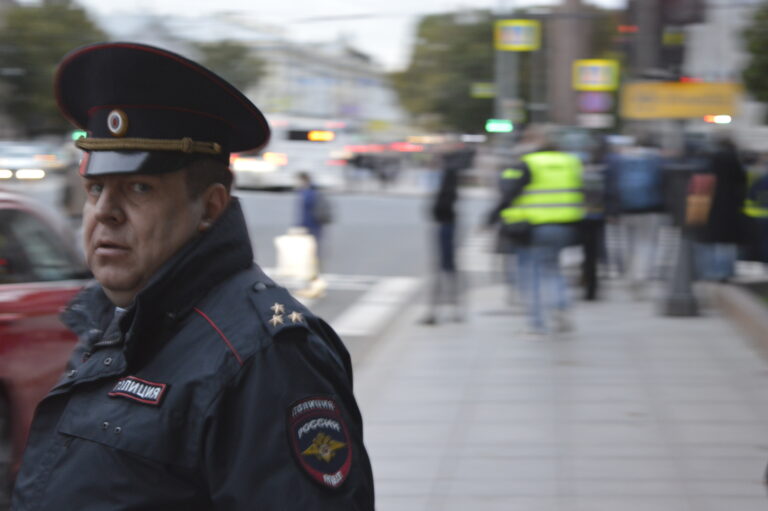Political History of Documentary Photography in Russia

Faculty:
Course Schedule:
5 weeks (February 19 – March 21); Monday/Thursday 2:30pm – 3:50pm Berlin (UTC + 2)
Professor: Denis Skopin
Semester: Spring 2024
Subject: HIST
Course Level: 100
Number of Bard Credits: 1
Course Title: Political History of Documentary Photography in Russia
Max Enrollment: 22
Schedule: 5 weeks (February 19 – March 21); Monday/Thursday 2:30pm – 3:50pm Berlin (UTC + 2)
Distribution Area: no
Cross-Listing(s): no
Language of Instruction: English
As soon as documentary photography appeared in Russia, it began to play an important role in the government’s colonization campaigns. It was also used by the Tsarist police for card indexes which listed public transgressors and political adversaries of the state. Later, in Stalin’s era, photography was determined the official political discourse aimed at disseminating propaganda. These facts support the argument of John Tagg, presented in Disciplinary Frame, that the very birth of photography in the early 19th century was made possible by the emergence of a disciplinary society obsessed with the idea of control. Contrariwise, they illustrate the idea of Ariella Azoulay that photographs may be able to resist appropriation and manipulation through their visual documentary quality, thereby giving us access to the core of truth. Or could it be that photography itself shapes the course of history, constructing historical events and making them visible in the public sphere? Recognizing the validity of these questions and theoretical approaches, this course will question photography’s affiliation with power and discuss various frameworks for addressing the phenomena’s complexity. While exploring photographic records documenting various aspects of political life in Russia from the second half of the nineteenth century to the present day, it will aim to rely on historical photographs and scholarly texts as a way of (re)interpreting Russian history – from the momentous events that shaped the course of Russian history over the last century and a half to the smaller political episodes and marginal societal practices. Great attention will be paid to such phenomena as the political censorship of photographs in Stalin’s Russia, their falsification, and the editing of photographs of the “enemies of the people” by friends and family members.
Guidelines for the Statement of Purpose:
Craft a reflective statement of purpose explaining your interest in the Smolny Beyond Borders online course. The file should be saved with your name and course title as the filename and uploaded accordingly. Your statement’s clarity and substance will significantly influence our selection. Convey your motivations and aspirations for this course succinctly but thoroughly. Kindly write your statement in the course’s Language of Instruction.
Application Portal Instructions:
1) Use the Latin alphabet for all entries on the portal, including your name. If the Language of Instruction is Russian, you may use Cyrillic only within the Statement of Purpose file, and the title of the file should still be in English.
2) Refrain from using email addresses associated with Russian or Belarusian educational institutions.
3) While completing the “Required Information” section, ensure you fill in the “Province” field for your address.
4) Provide an address outside Russia or Belarus in both the “Required Information” and “Geographic Location Confirmation” sections of the “Online Course Application”. This ensures we can send your transcript.
5) You must press the “Sign” button twice during the application.
6) If you hold a bachelor’s degree, select “4th+” in the “Academic Year (online)” section.
7) Applicants either unaffiliated or affiliated with educational institutions in Russia and Belarus should list ‘Smolny Beyond Borders’ as their educational institution.
8) In the student ID section, enter ‘SBB’.
9) Consider drafting your motivation letter ahead of time. Save it as a separate file with this format: LastName_FirstName_CourseTitle for a smoother application process.
